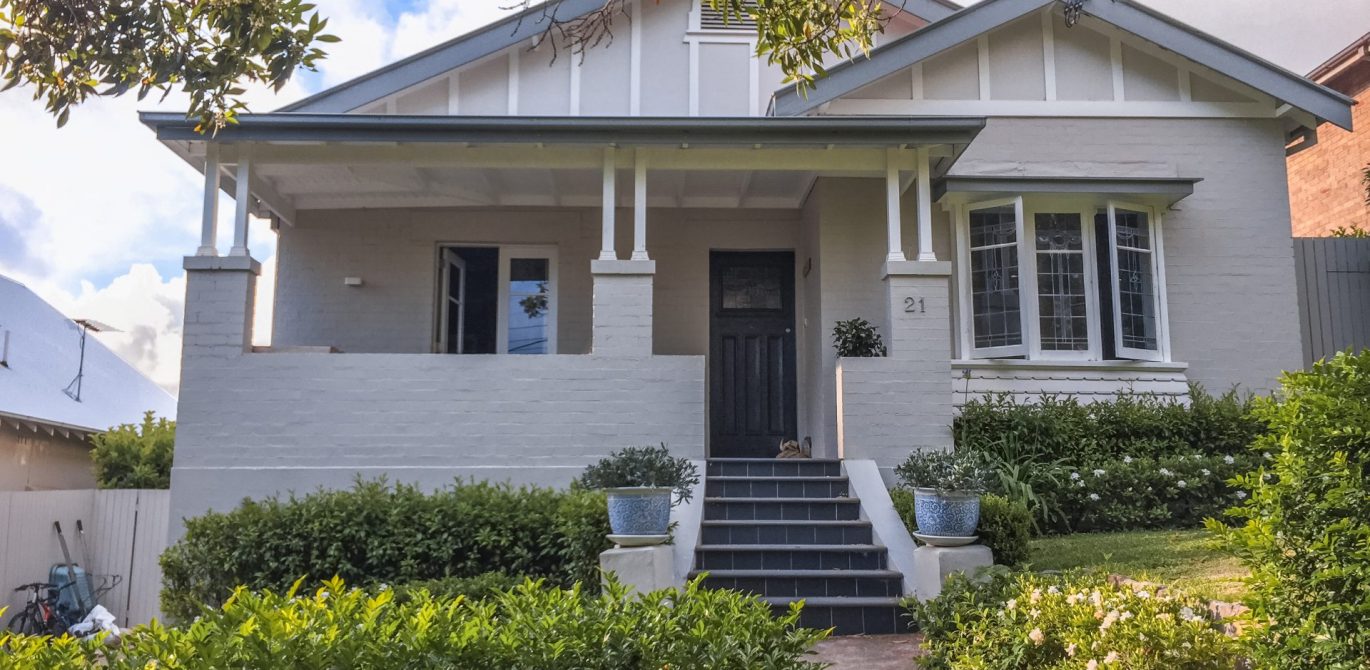The Reserve Bank Australia has made its first changes to the official cash rate since August 2016, falling to a record low of 1.25% on Tuesday 4 June 2019.
For those who follow rate changes, this comes as no surprise: the cut was first mooted in early May, but the decision was pushed back so as to not affect the federal election. In fact, many lenders have begun reducing their home loan rates in anticipation.
There are also strong expectations that the Bank will follow through with at least a second rate cut later this year, meaning that Australia could finish out 2019 with an official cash rate of 1% or even lower.
Implications for borrowers
In the immediate term, the rate cut means good news for borrowers. Comparison website Finder found that borrowers with a $500,000 mortgage on a 30 year term could save $906 over the year with a single cut of 0.25%, rising to $1,799 if a second cut becomes reality.
As with all RBA cuts, however, the real variable is your lender. The last time the rate was cut, in August 2016, the four major banks passed on between 0.10 and 0.14 basis points instead of the total 0.25, in order to protect their profit margins against a background of rising funding costs. Those costs have eased in recent months, but banks are still looking to recover the lost profit margins from before. Increased compliance requirements, following the financial services royal commission, have also seen banks’ overhead increase and this may play into any decision to pass on the entire cut or hold part back.
Of course, if your lender is one of those who chooses not to pass on the cut, you’re free to look around. In a competitive lending market, there may be significant savings to be had by switching lenders.
Long term implications
Further cuts against a background of historically low rates may have more significant implications than most people realise.
In late 2014, the Australian Prudential Regulation Authority (APRA) responded to RBA concerns about borrowers over-extending on the back of steadily decreasing interest rates. APRA introduced a practice rule for lenders that they should refuse to lend to anyone who could not service the loan at an interest rate of 7.25%.
More specifically, the rule stated that the risk should be modelled against the ability to repay at the actual interest rate plus two percentage points, or a rate of 7%, whichever was higher. It added a coda that good practice would be to maintain a buffer and floor rate comfortably above these levels. In effect, that meant that the rate against which risk was assessed was 7.25%.
This is relevant because interest rates have continued to drop since 2014, and the long term forecast predicts more of the same. That means that the 7.15% interest rate is less likely than ever. Accordingly, APRA is considering replacing the rule with one that states that lenders should build in a buffer of 2.5% over current rates. On a variable rate of around 4%, that means banks will only be required to assess a borrower’s ability to repay at 6.5% instead of 7.25%, giving them significant increased borrowing capacity.
Of course, this is currently speculation and borrowers should not make decisions without consulting with a financial expert. Whether the anticipated APRA and further RBA cuts eventuate, consider talking to a mortgage broker about your current product to explore whether there’s a better one out there for you.
